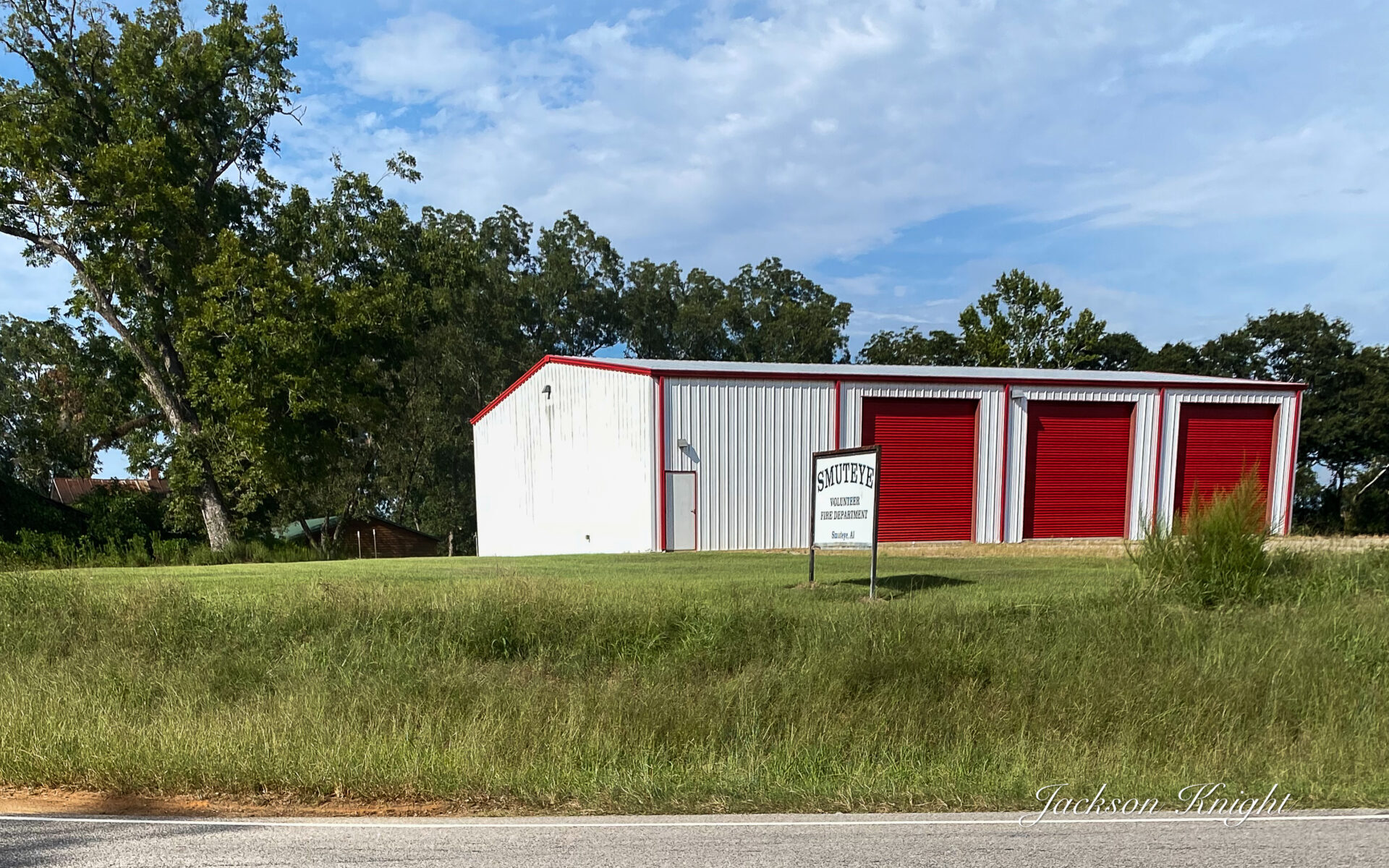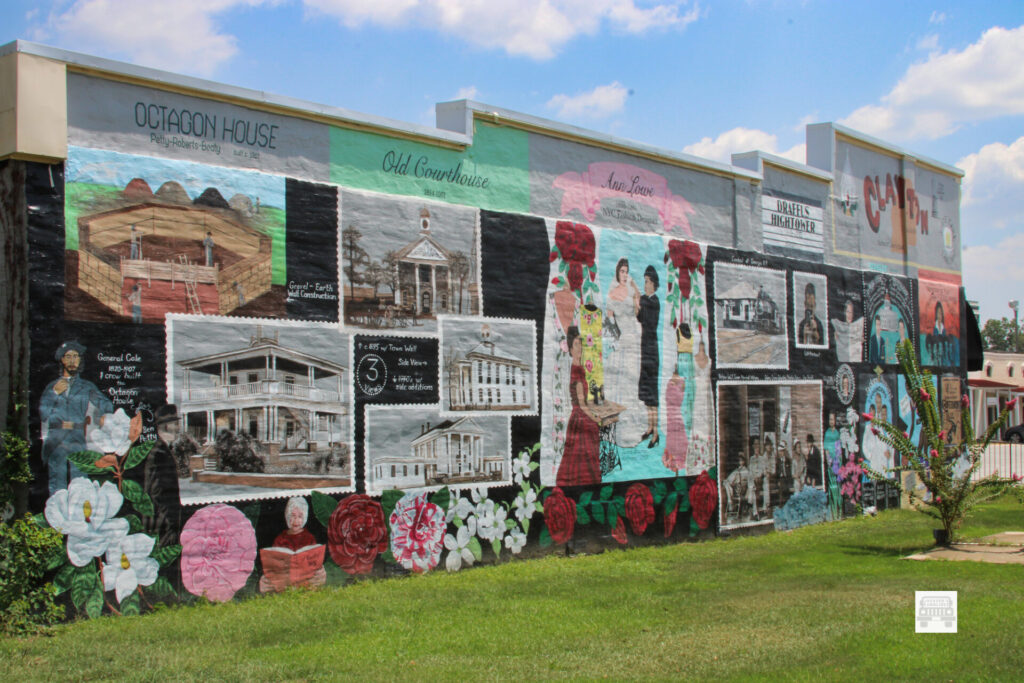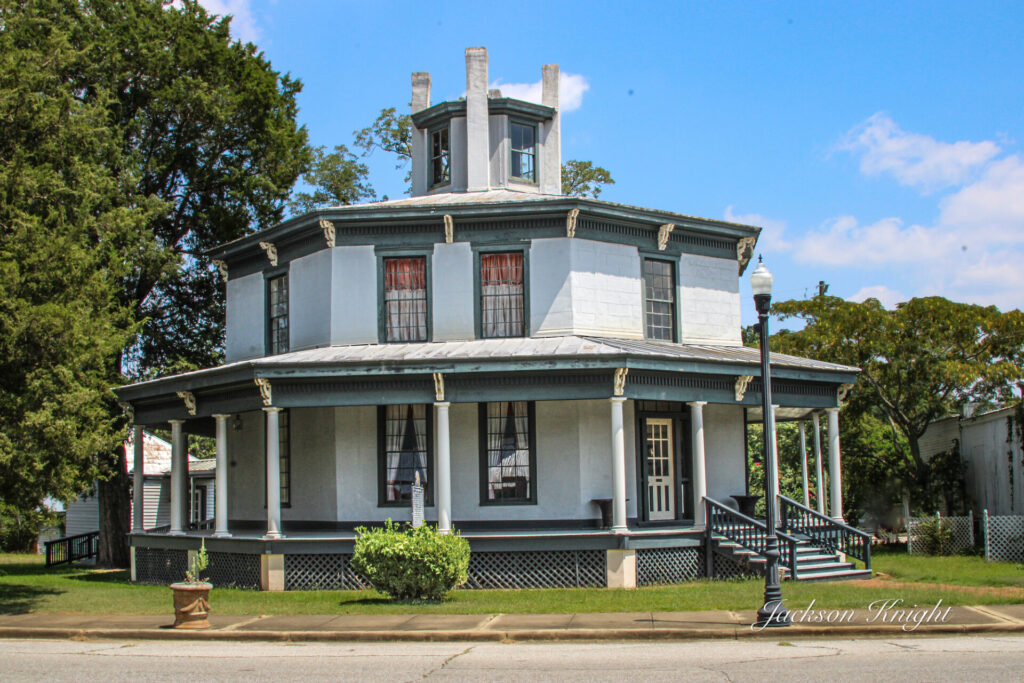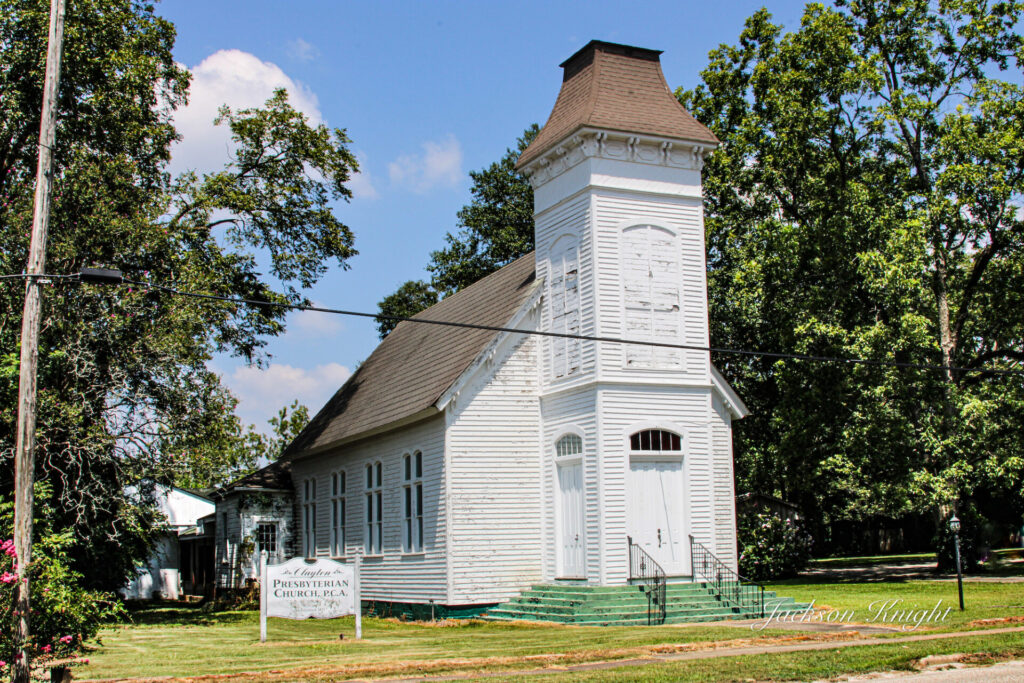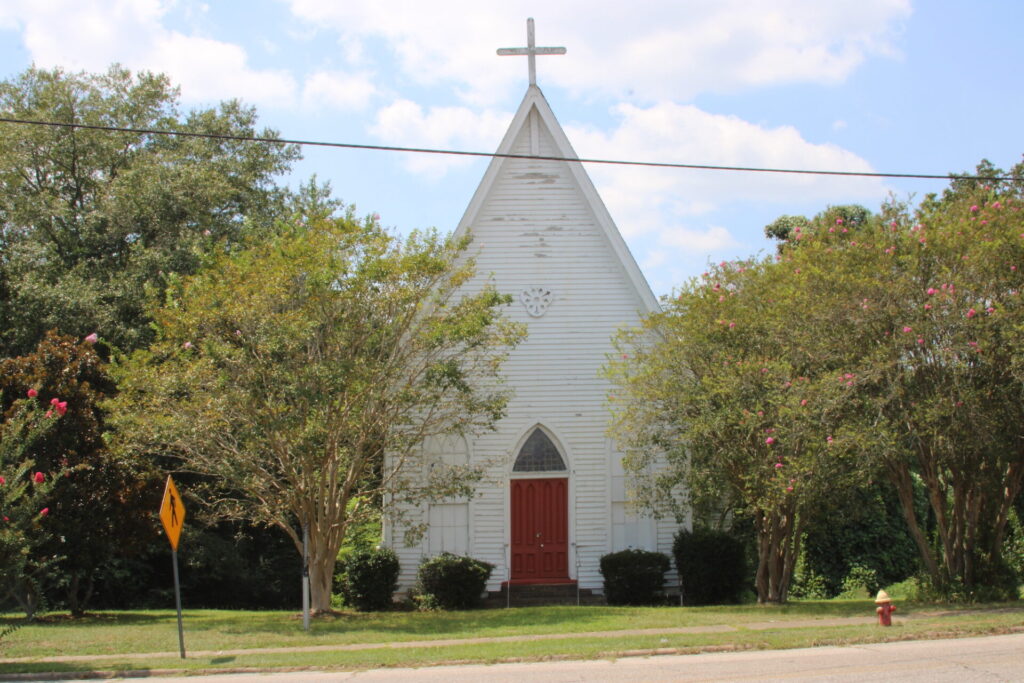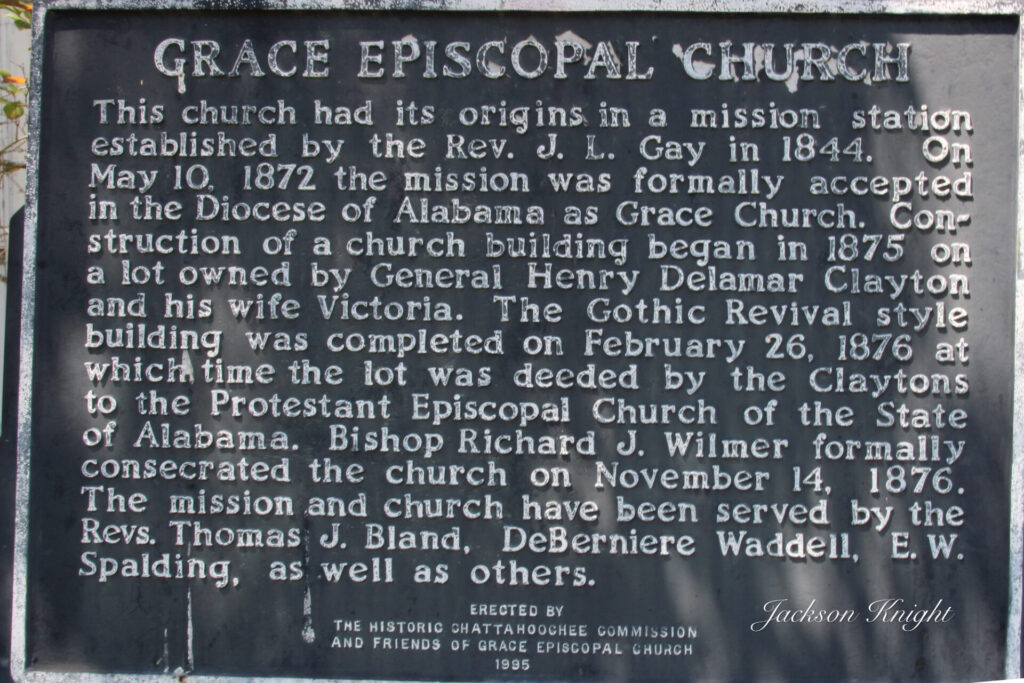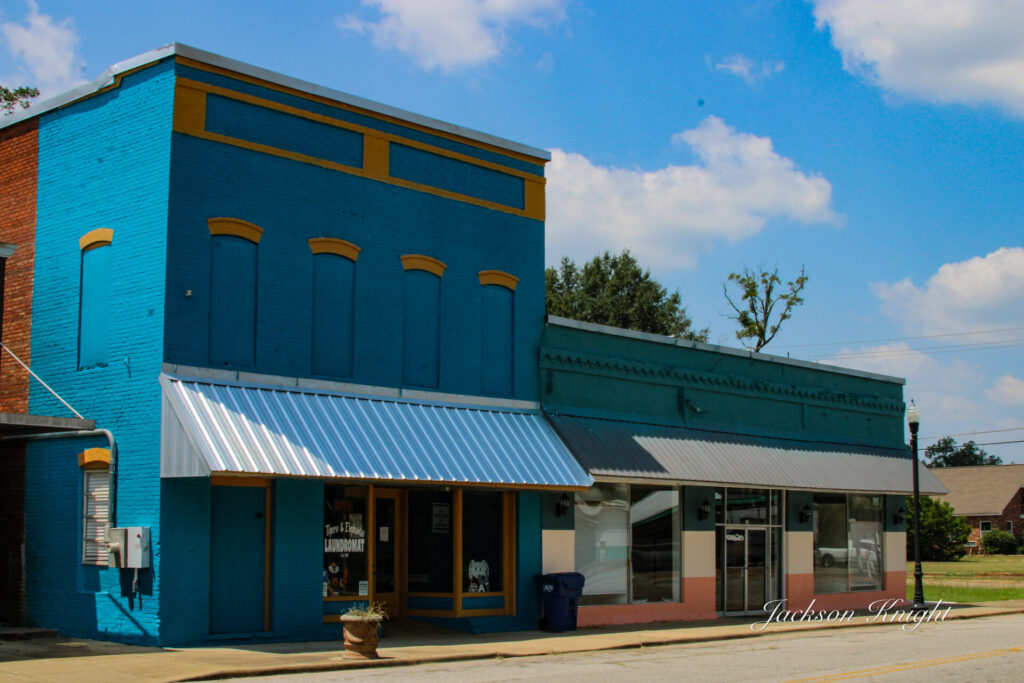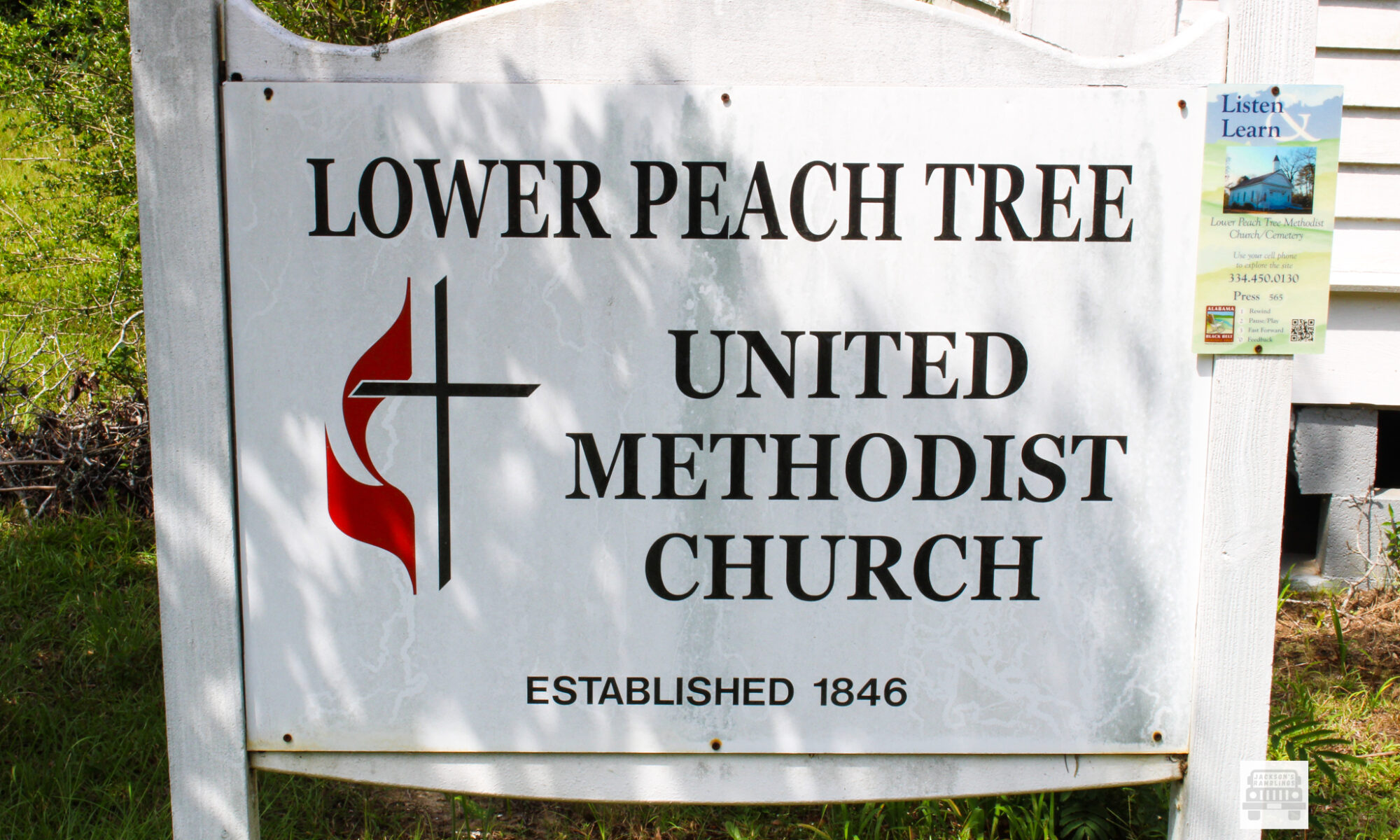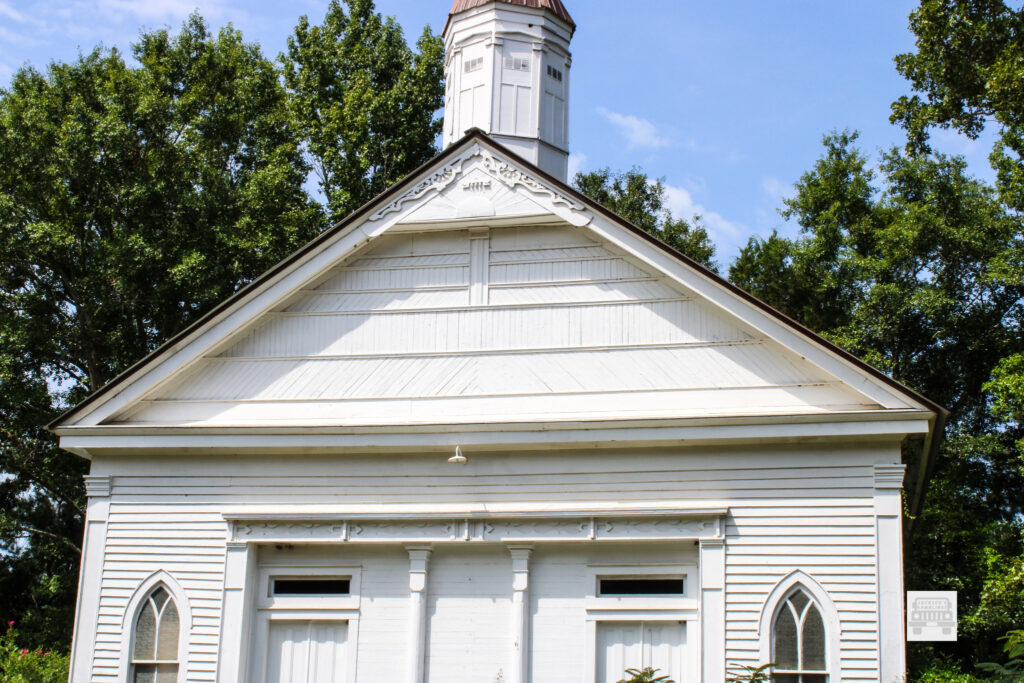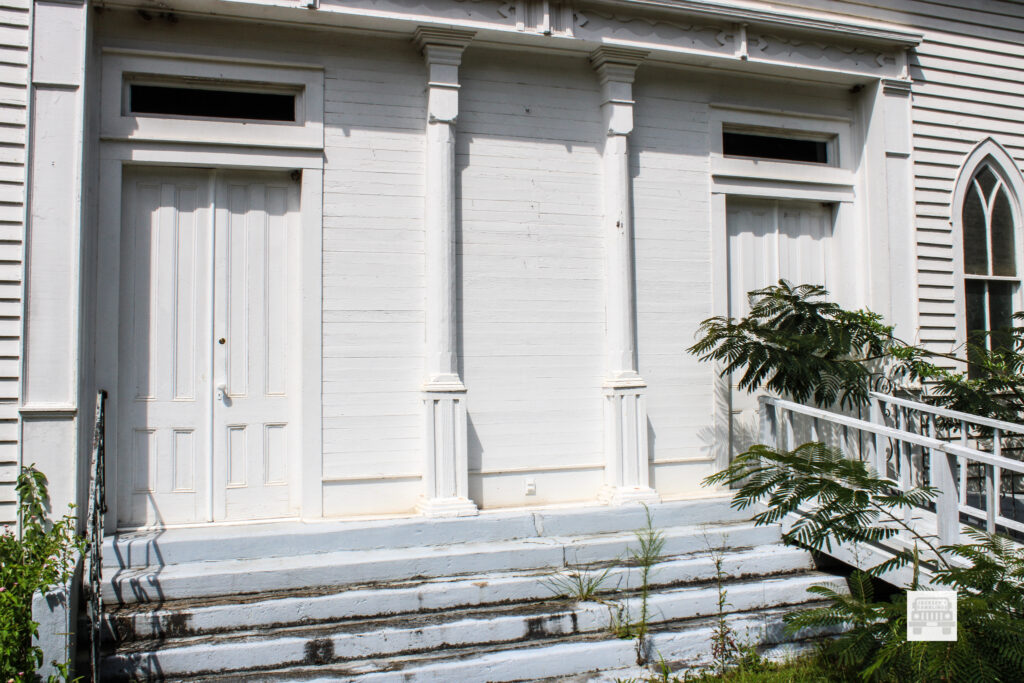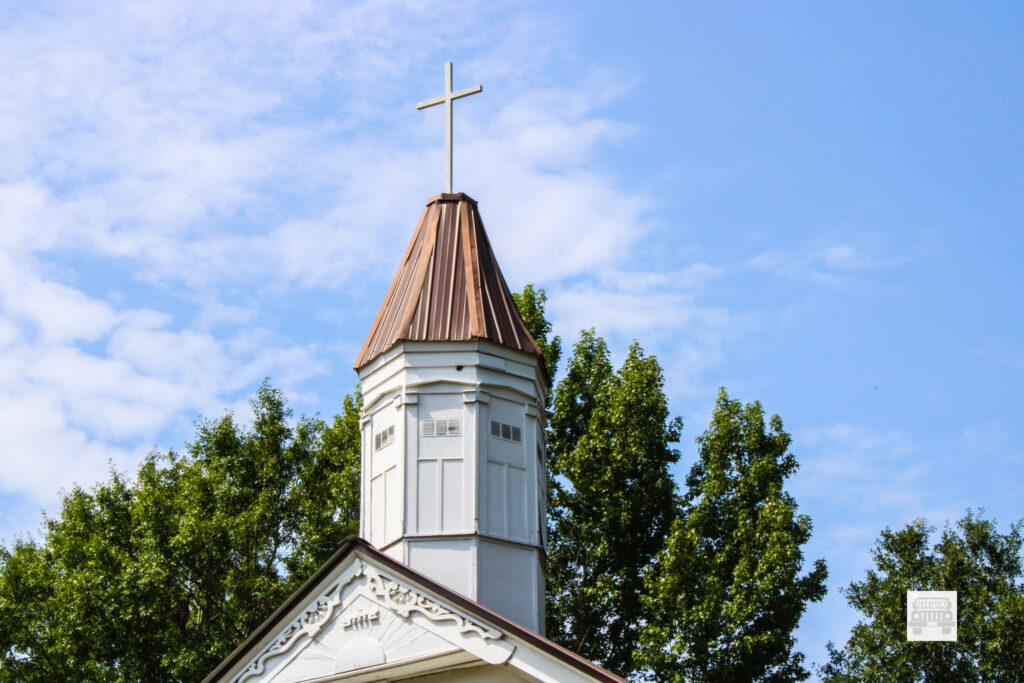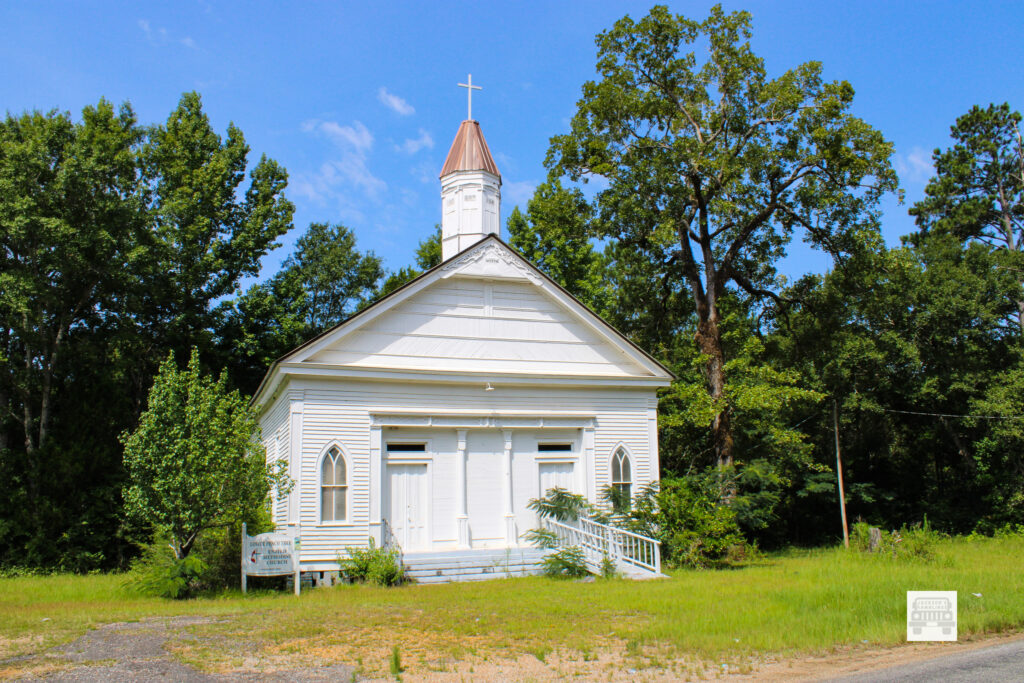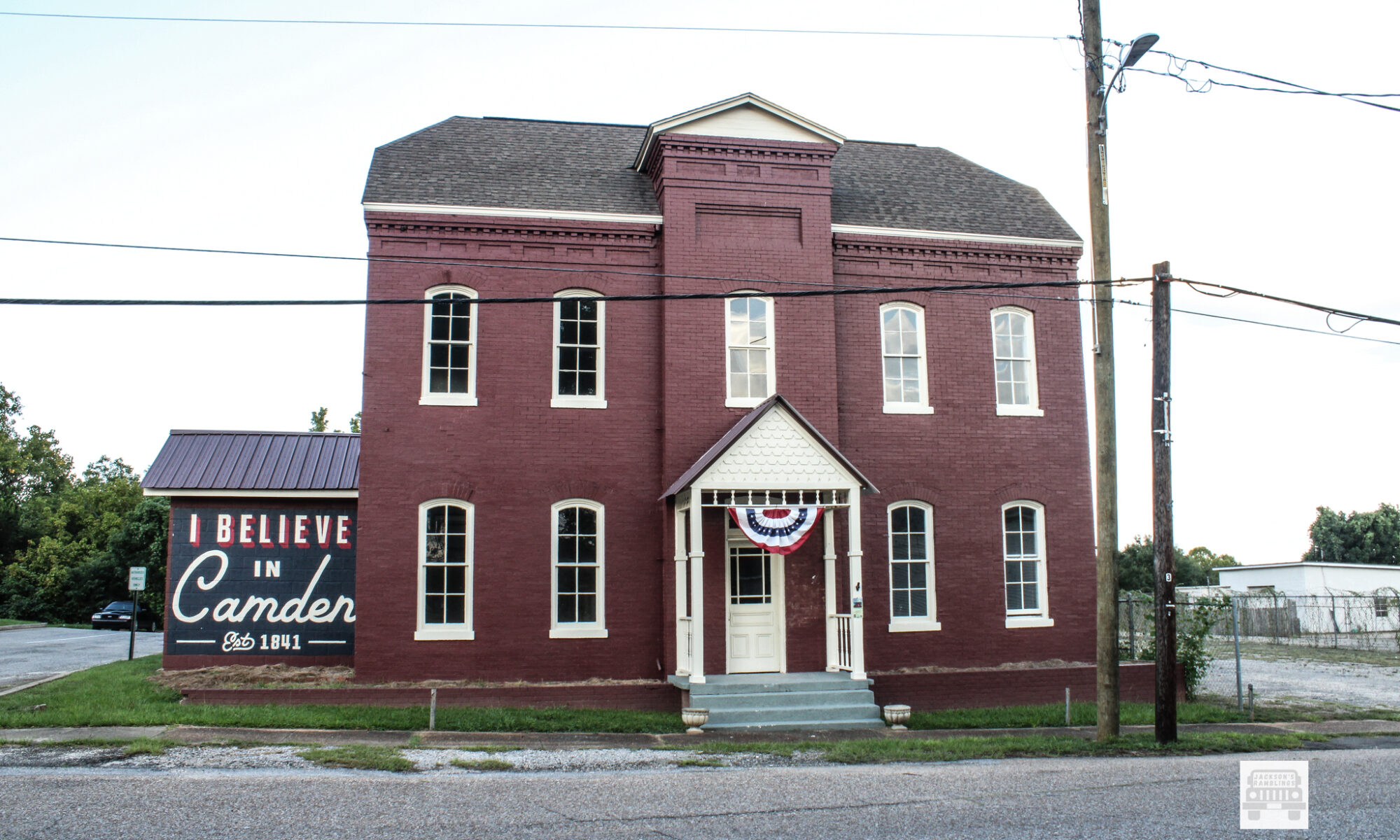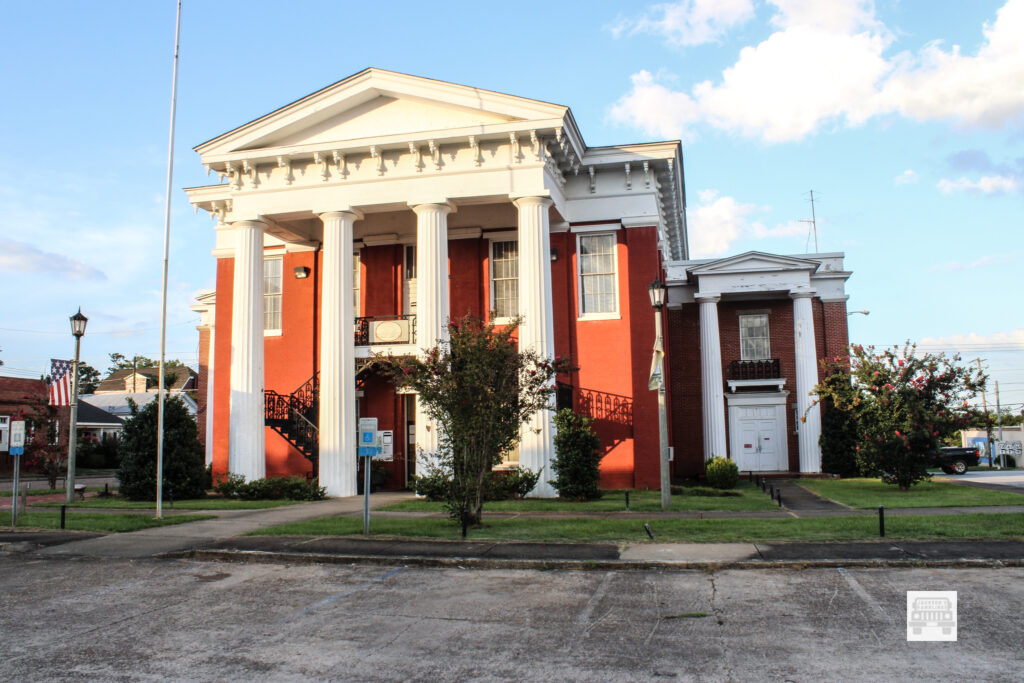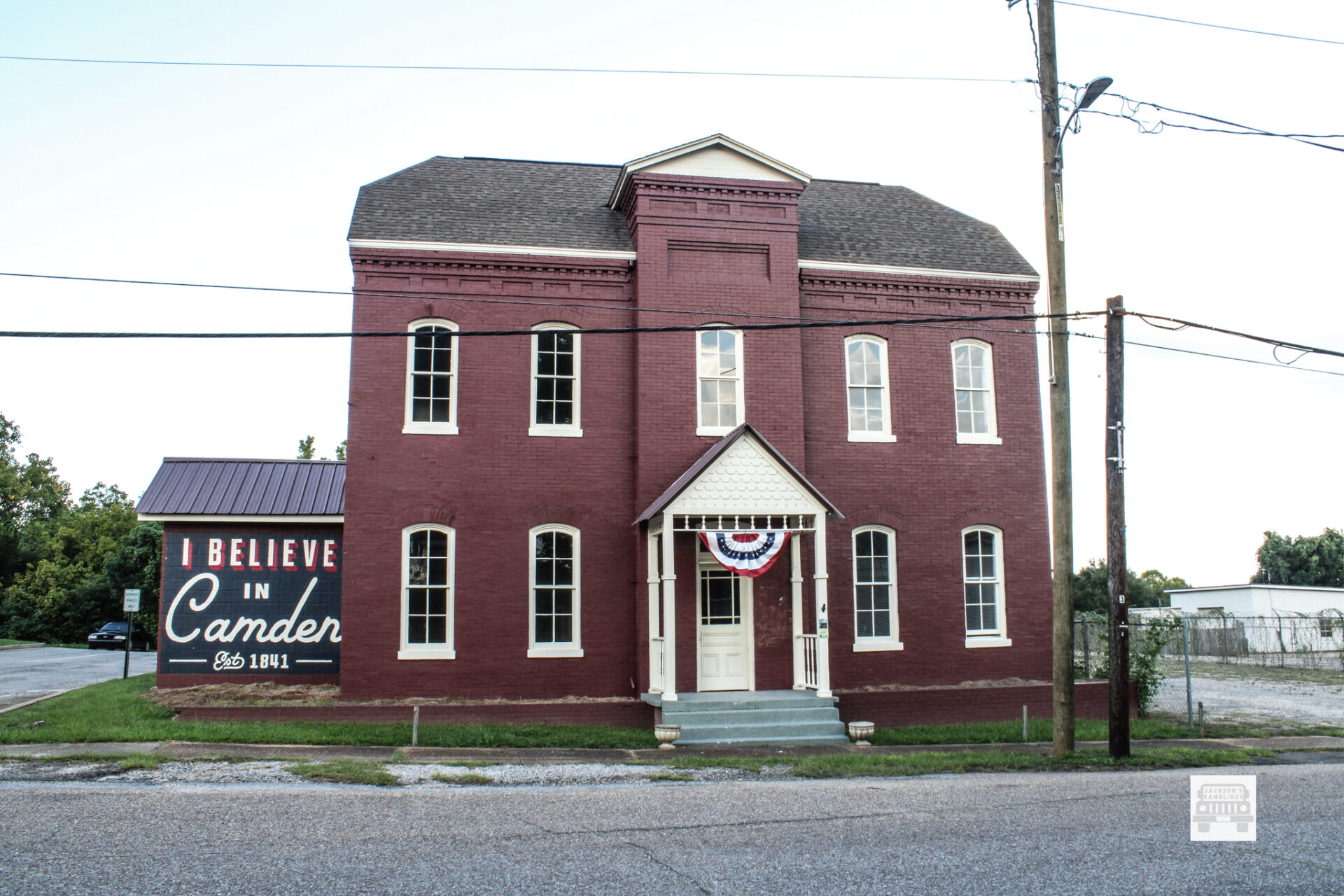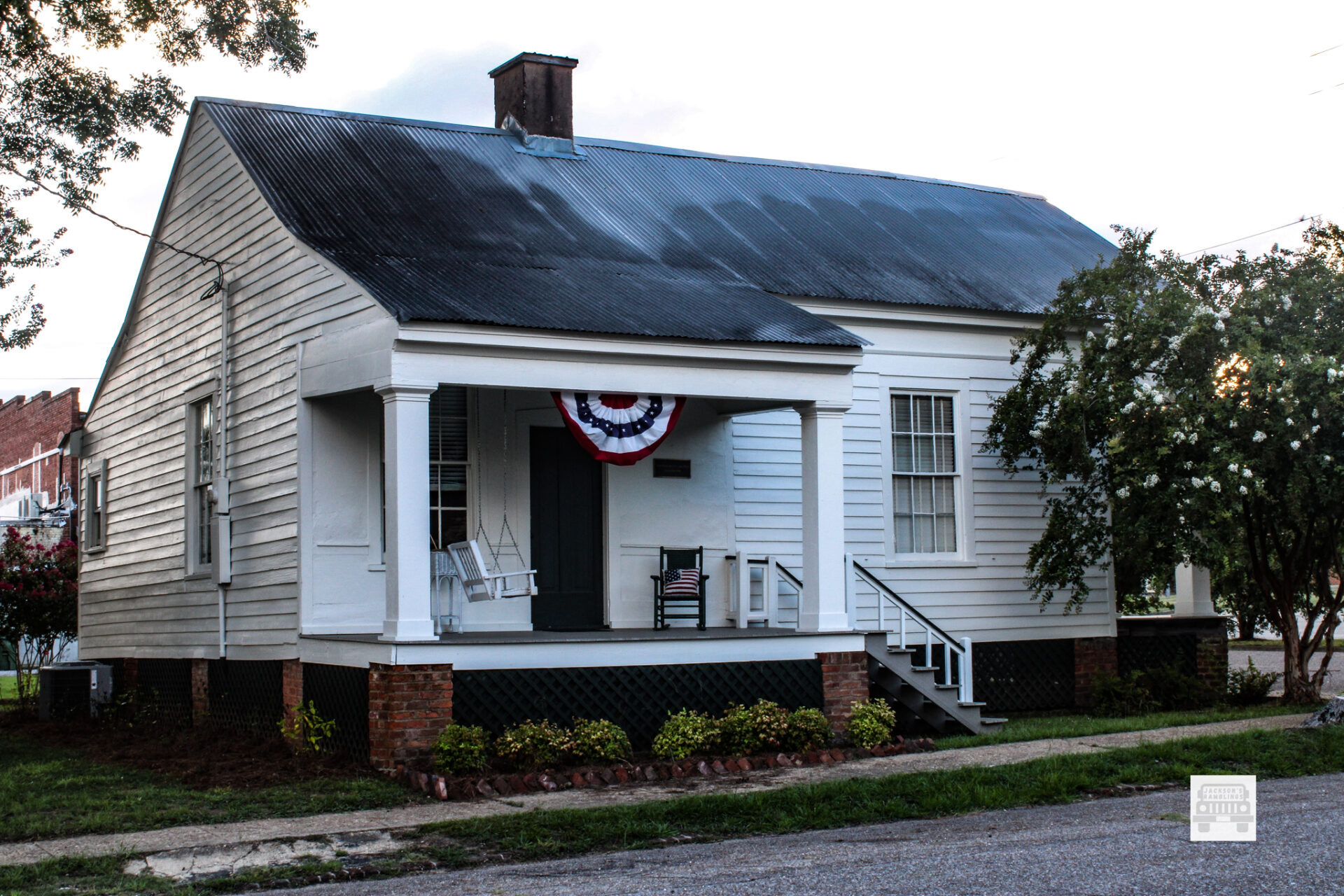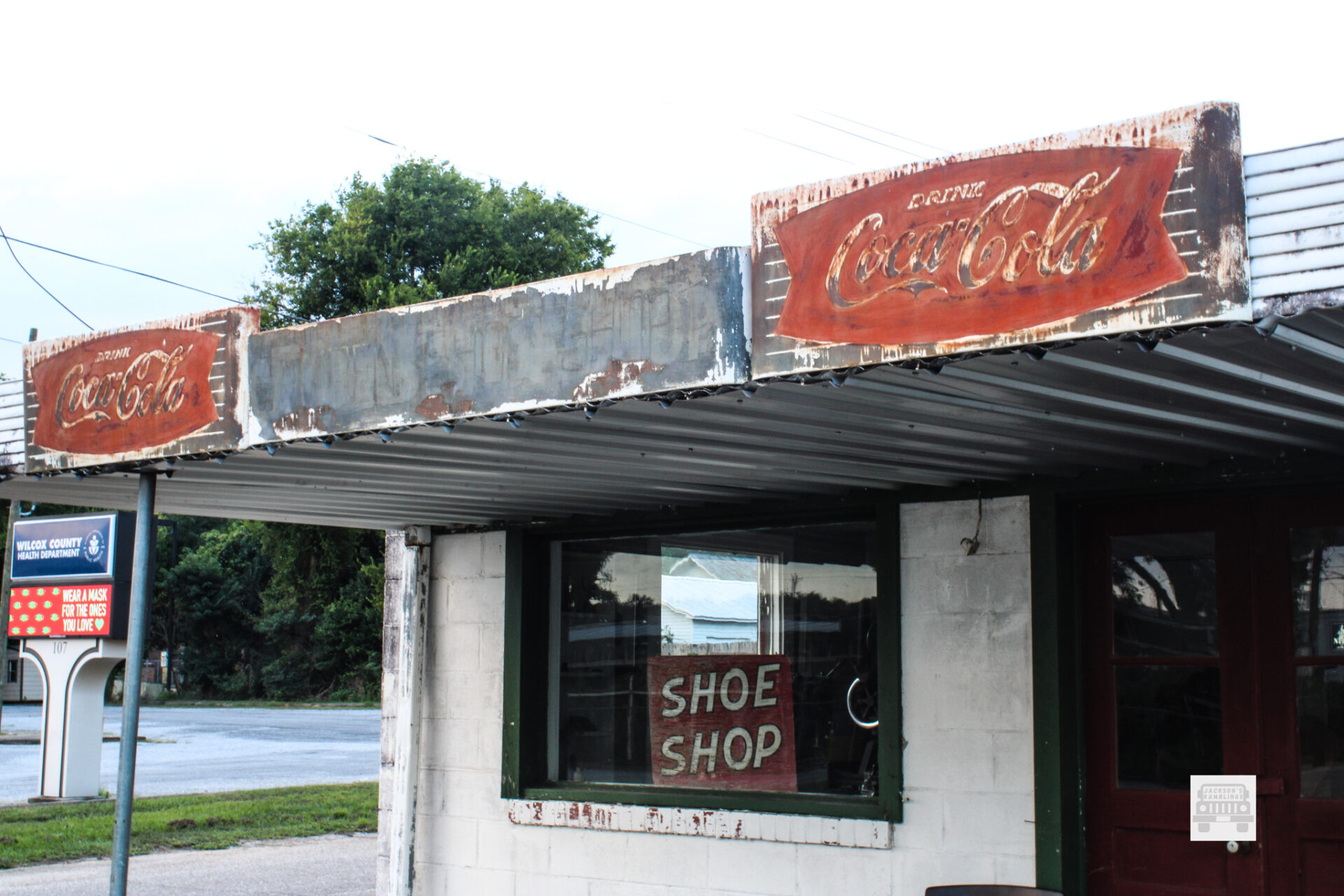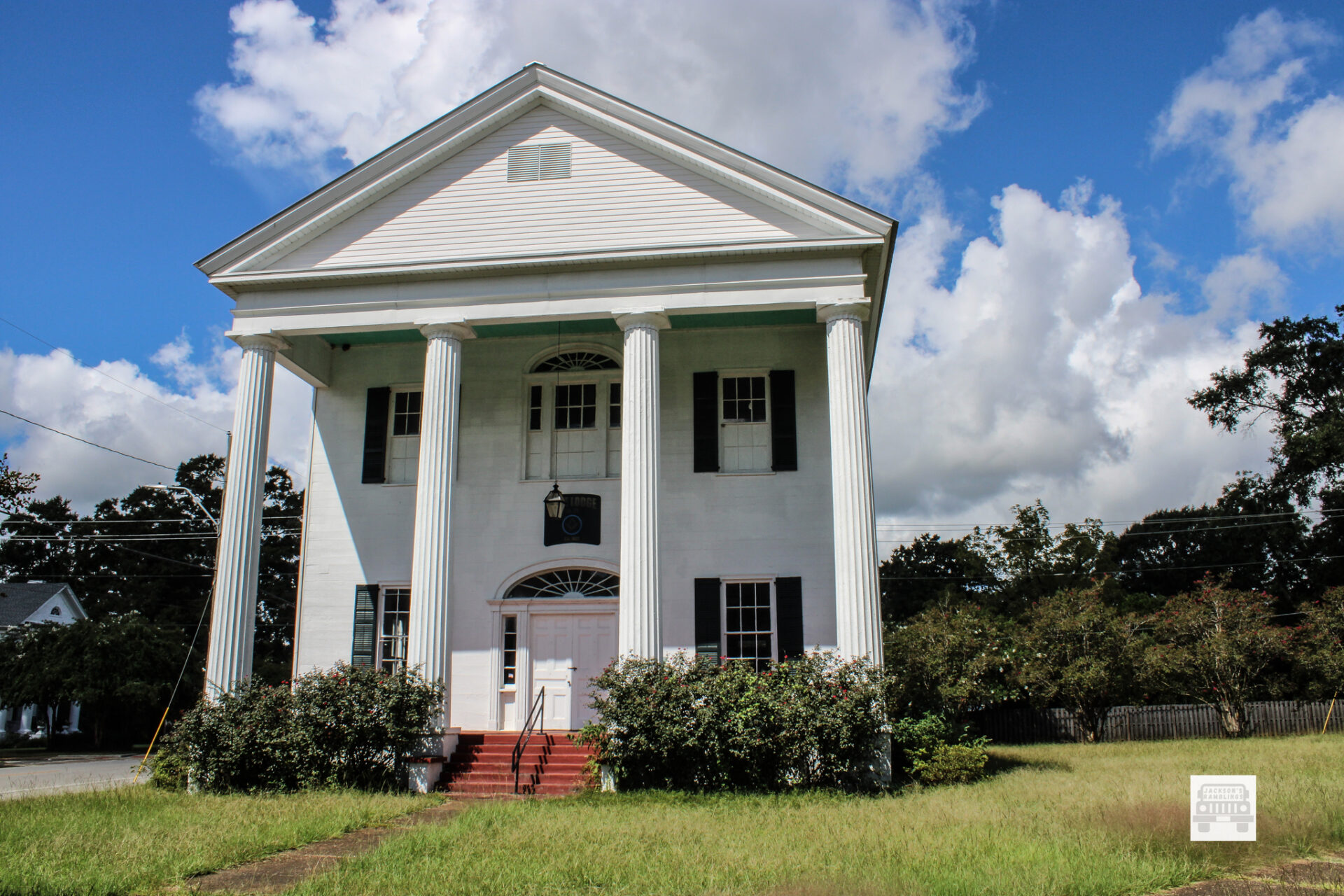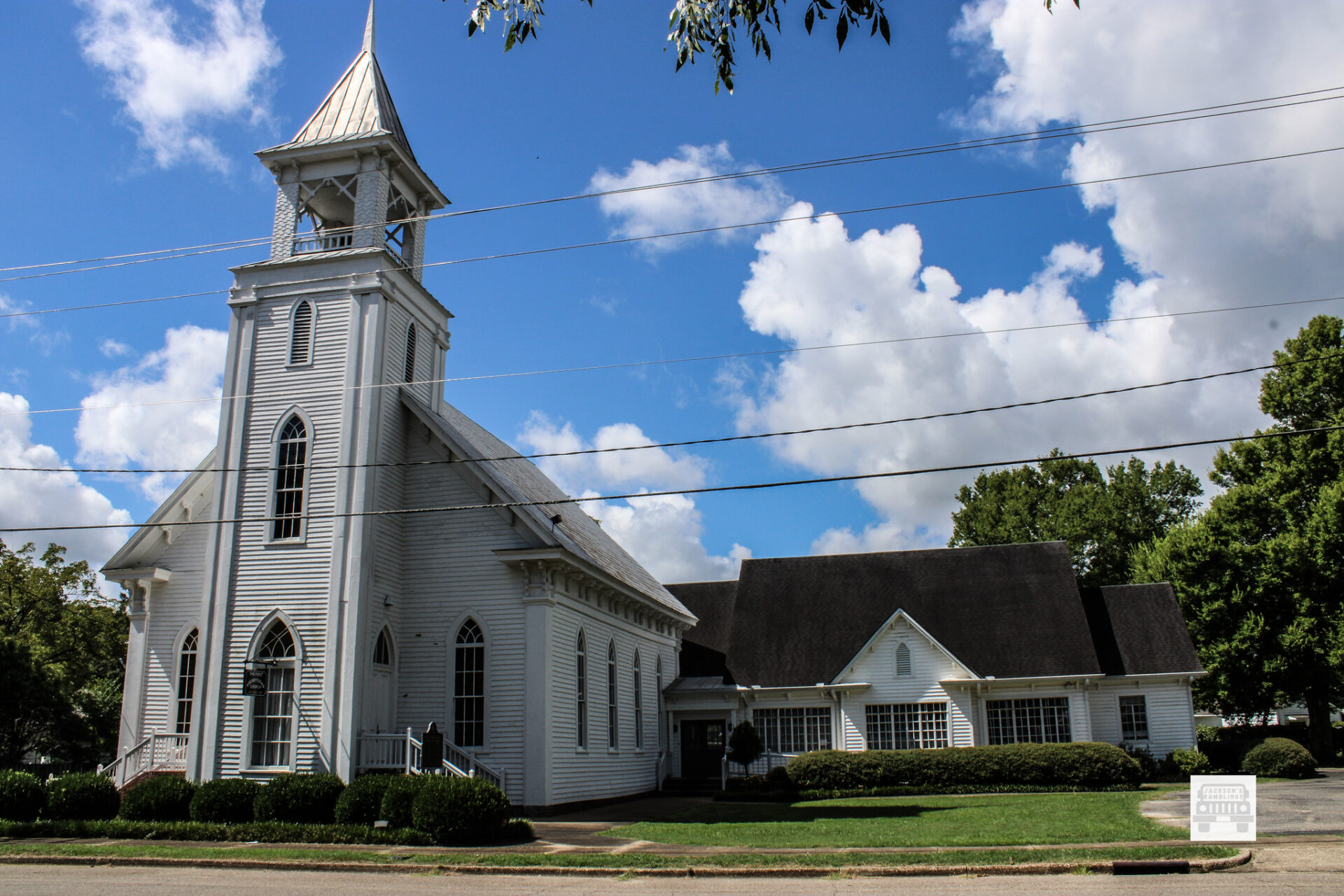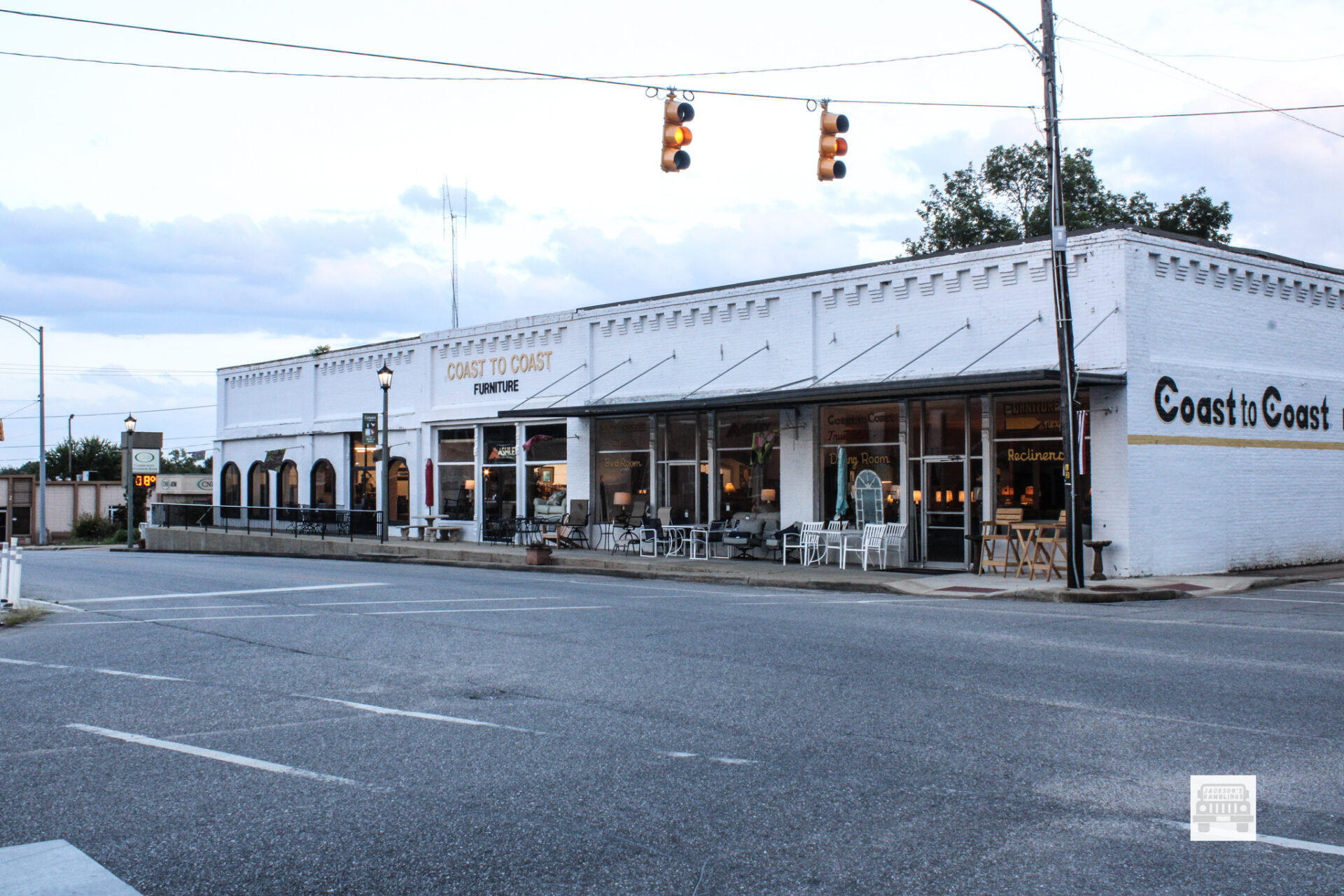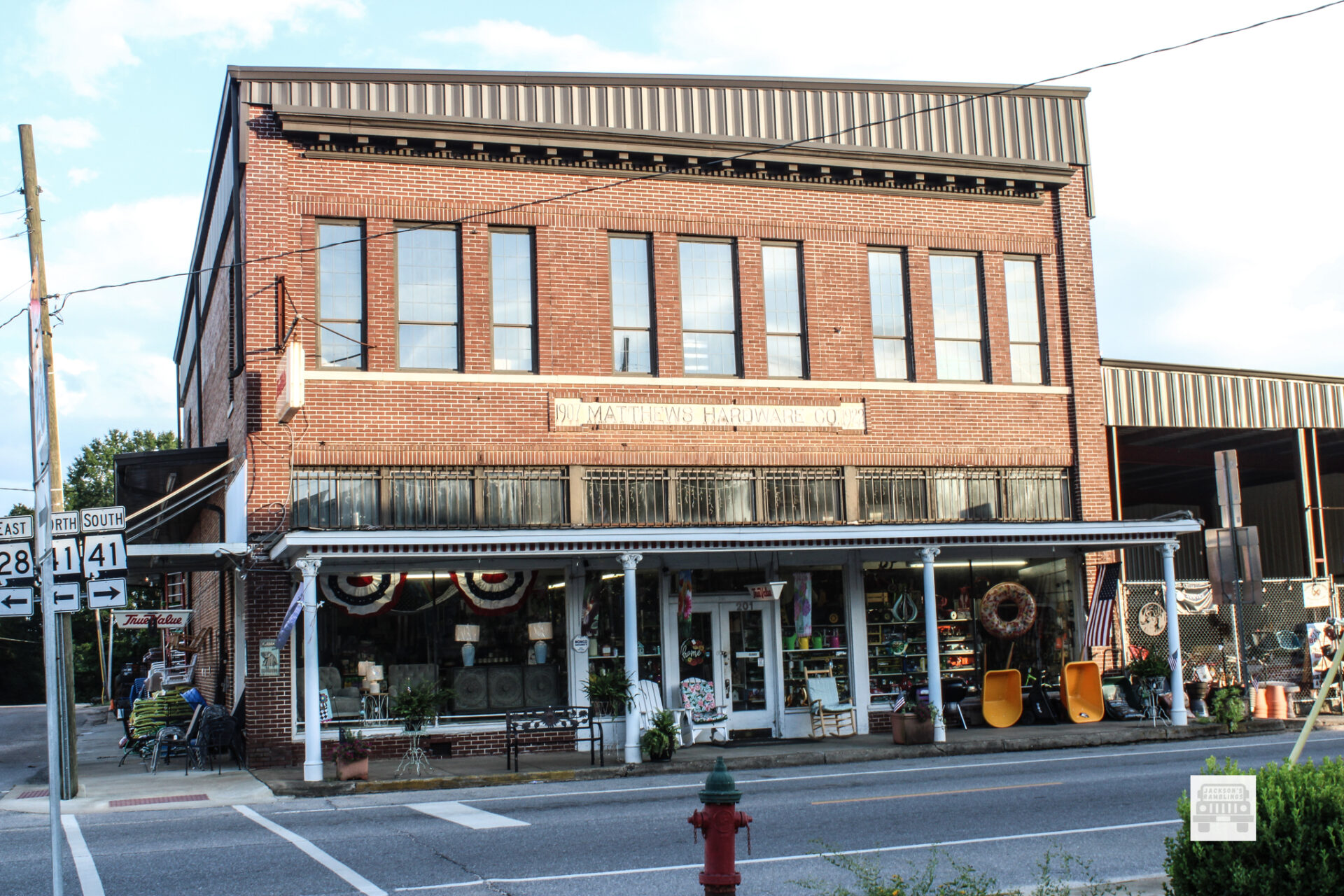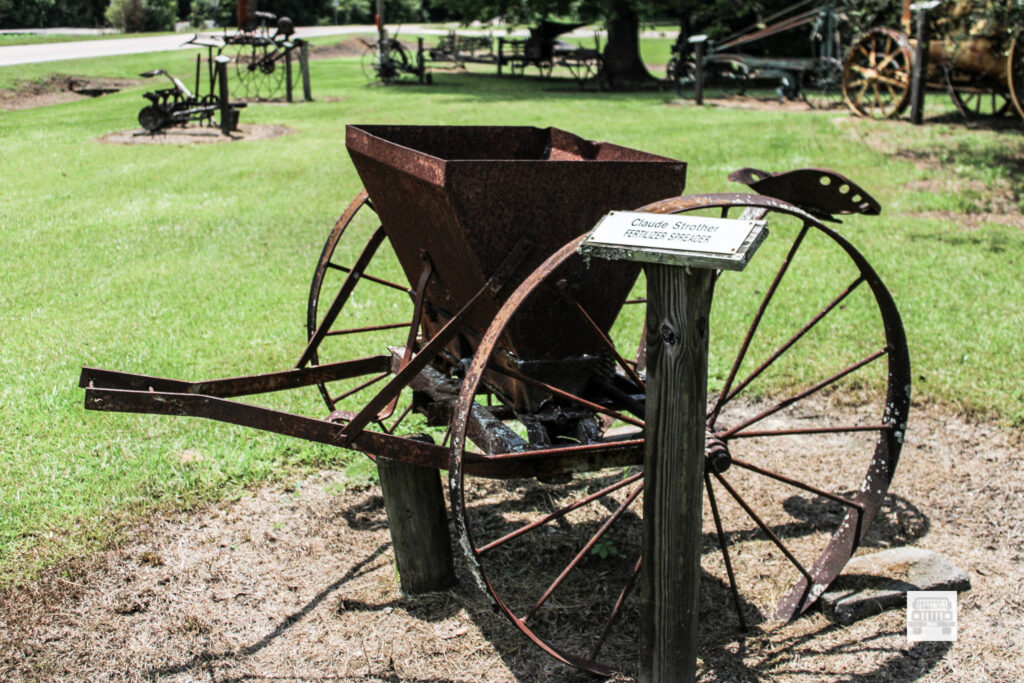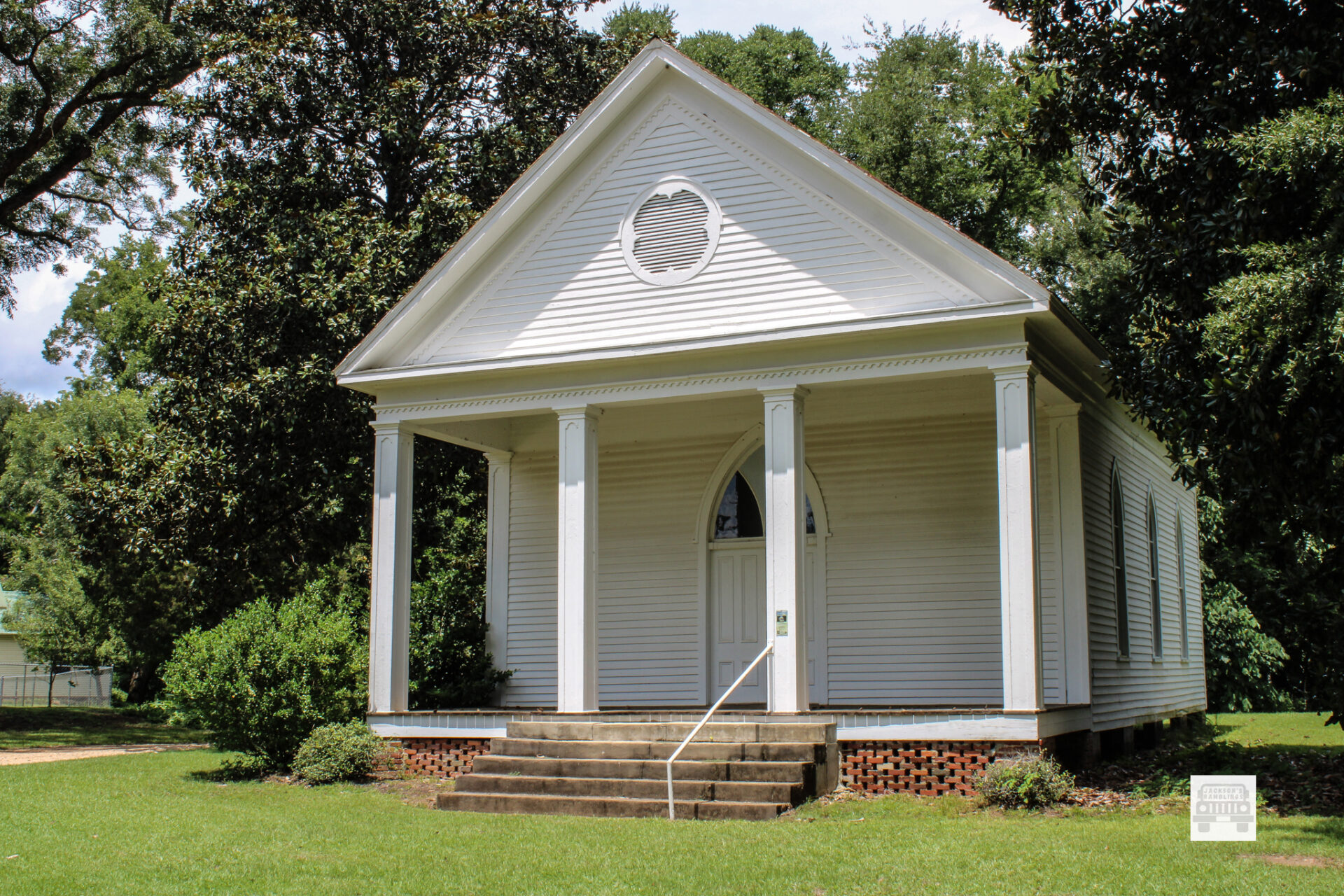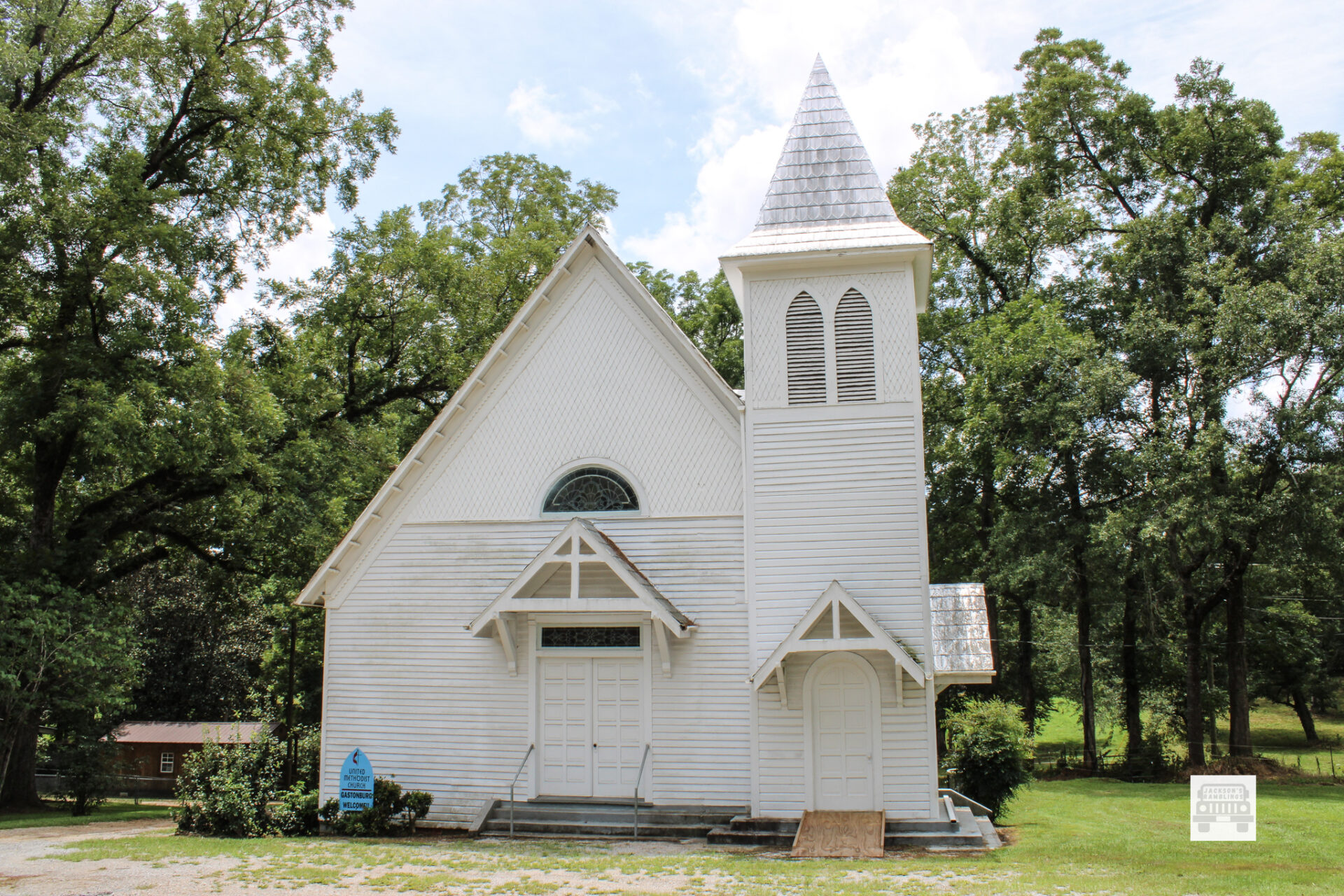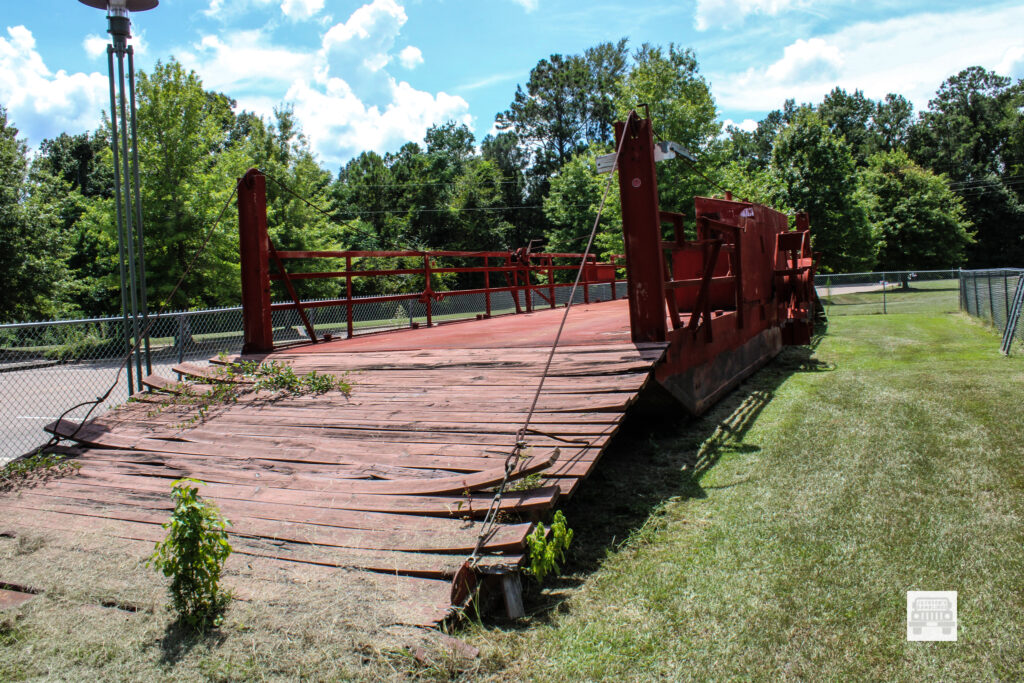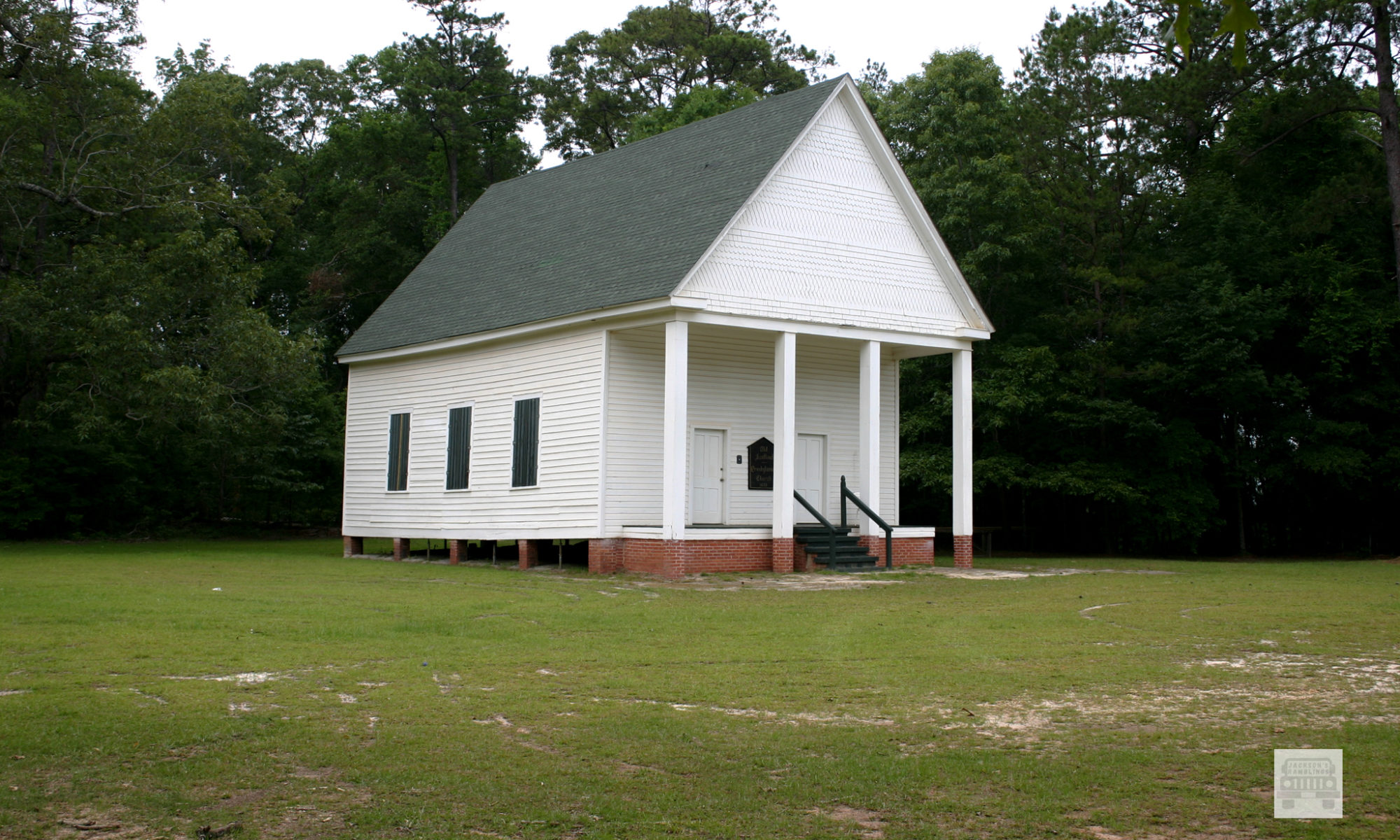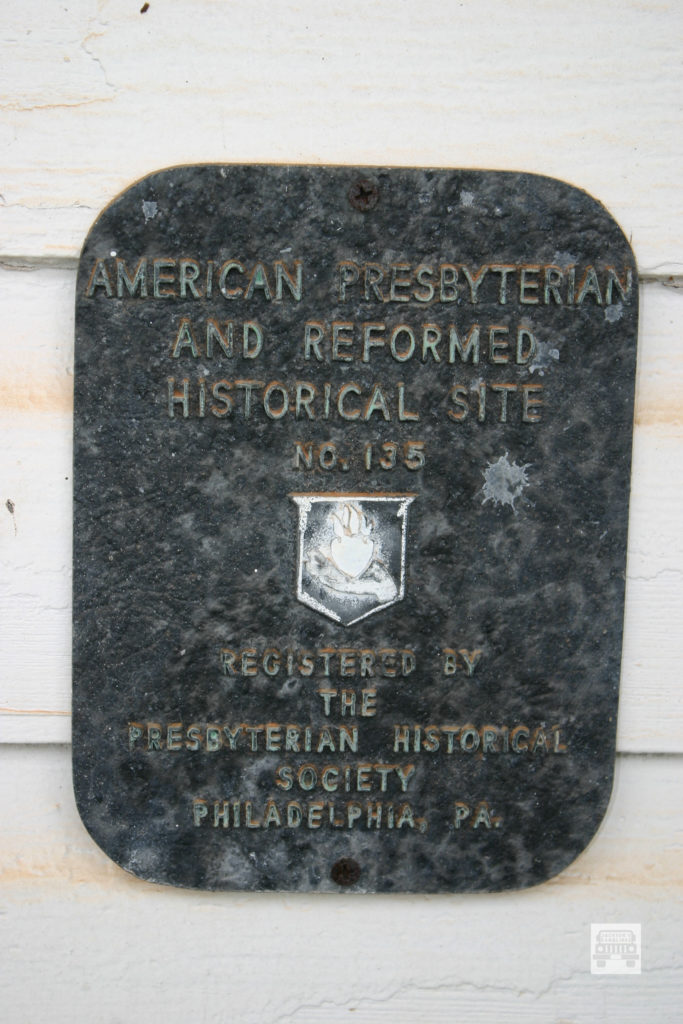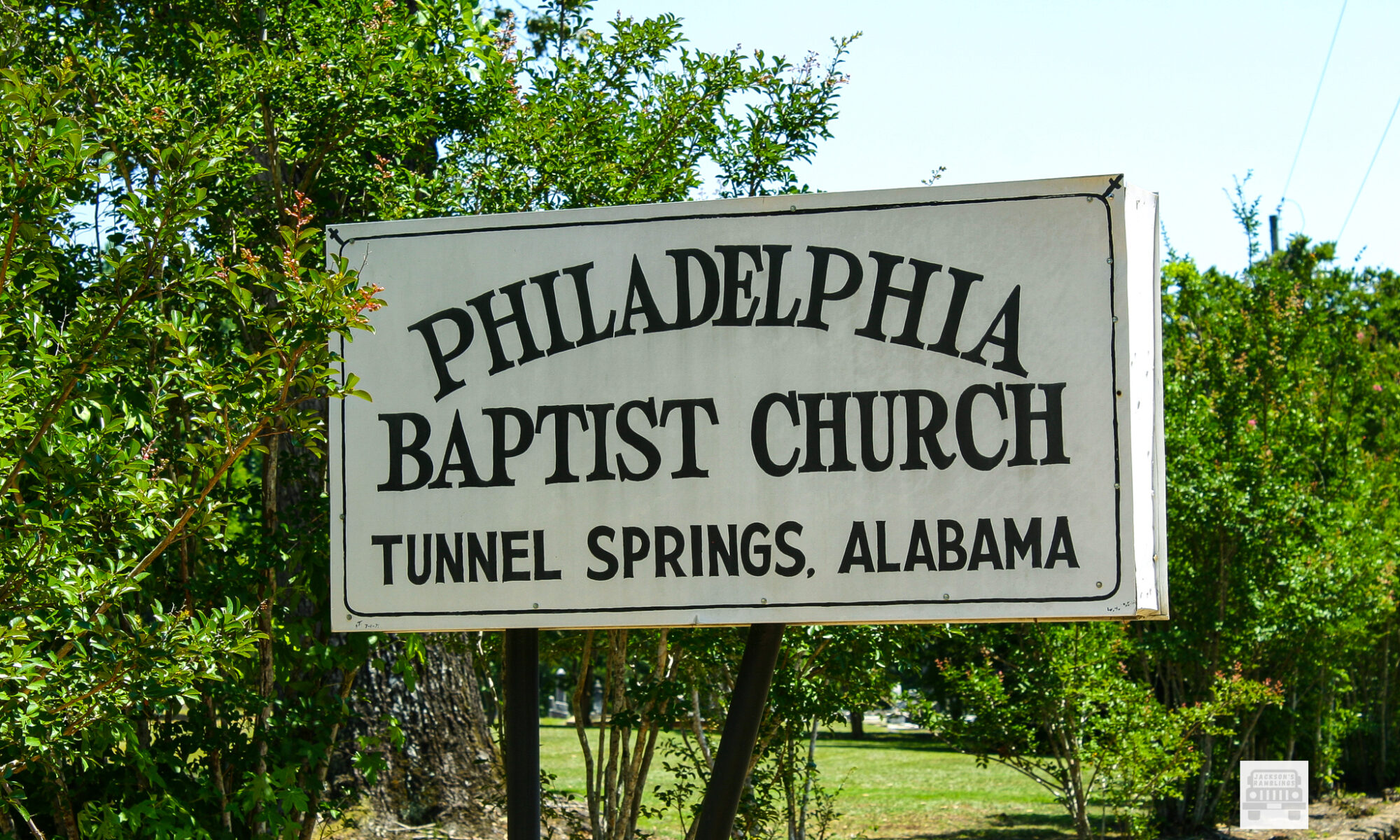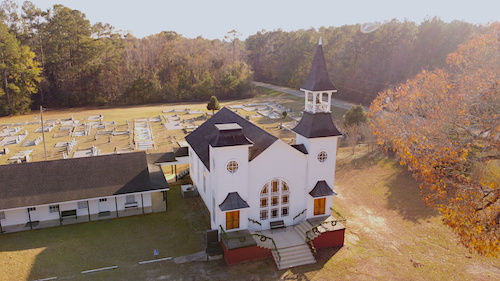The U.S. has a lot of little, small towns with really, unusual names. Some of them even border on the bizarre I would guess you would say. I have been through a few in my time and have heard of many more that I honestly have not taken time to research to see if they really exist. I know in Northern Monroe County, AL. there is Hybart which is named after the family who was the first postmaster there. Then there is Scratch Ankle, it is out from Franklin, AL. There is also Burnt Corn which is on the Old Federal Road on the Eastern Side of Monroe County and is also the County Line. Burnt Corn actually is divided by the road. One side is in Monroe County and one side of the road is Conecuh County.
I have written blogs on Franklin, Burnt Corn, and on Hybart. At some time in the future, I will probably write one on Scratch Ankle.
I have heard of a town named Smut Eye for years but honestly, I never took time to see if it actually did exist, and I surely had never been there that I remember anyway.
As I was planning out a trip a month or so ago, I ran across the name on the map. Immediately I was enthused. I marked that one on my list. I just had to go to Smut Eye. I was not sure what I would find. Pretty much any of these little towns that I visit is a surprise. “Kind of like a box of chocolates.” You never know till you get there and see. I just had to go to Smut Eye if for no other reason than to say, “Hey I have been to Smut Eye, Alabama before.
According to various sources online it is an unincorporated community in Bullock County, Alabama. Various sources say that it got its name from the soot on people’s faces that hung around the Blacksmith Shop. I am sure there are several renditions of that story concerning the Blacksmith Shop. There is an in-depth story or two on that subject and much more information online at http://www.smuteye.com/history-smuteye.htm.
As with most very small communities scattered across the country, time has not been good to the structures there. It was getting on over in the afternoon when I got there, and it was going to be the last stop for me for the afternoon. I had dawdled for too long in other places. I was staying the night all the way over at Bluff Creek on the Georgia line. I was not nearly as far East as I had intended to be by that time of the afternoon.
I did not have time to look for long, but I did see a couple of old buildings and I took a few pictures.

As I sat back for the night after I had been there, I could only think what Smut Eye might have been like a hundred years ago. Although I have not seen pictures of it, nor do I know where it was located, in my mind’s eye I started to visualize what the blacksmith shop might have looked like. I pondered on the mental picture that I painted of it. The horses and mules that would come in to be shod. Quite possibly there would be oxen that would be shod as well. There would have been wagons quite possibly that would have had to have wheels repaired on. There would have been plows to sharpen and possibly other things needing repaired on the plow stocks. I stopped and focused on the shop itself. There would have been a forge to heat metal with. There would have been an anvil to hammer out things on to shape them. There would have been a vise mounted on a post somewhere most likely in an open area of the shop. There would have been numerous other tools sitting around as well.
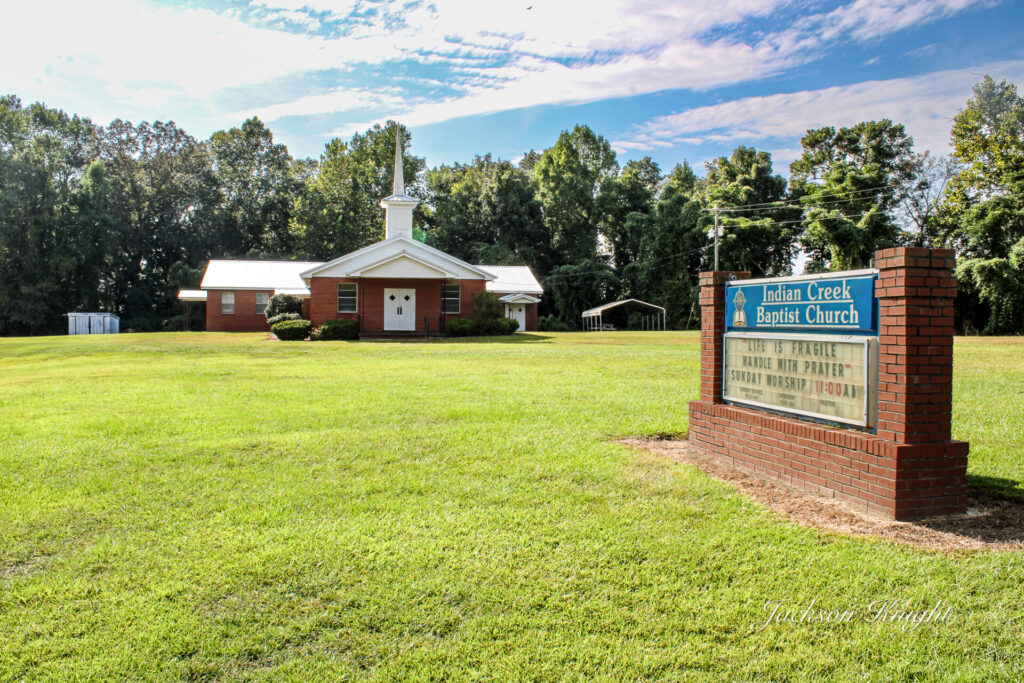
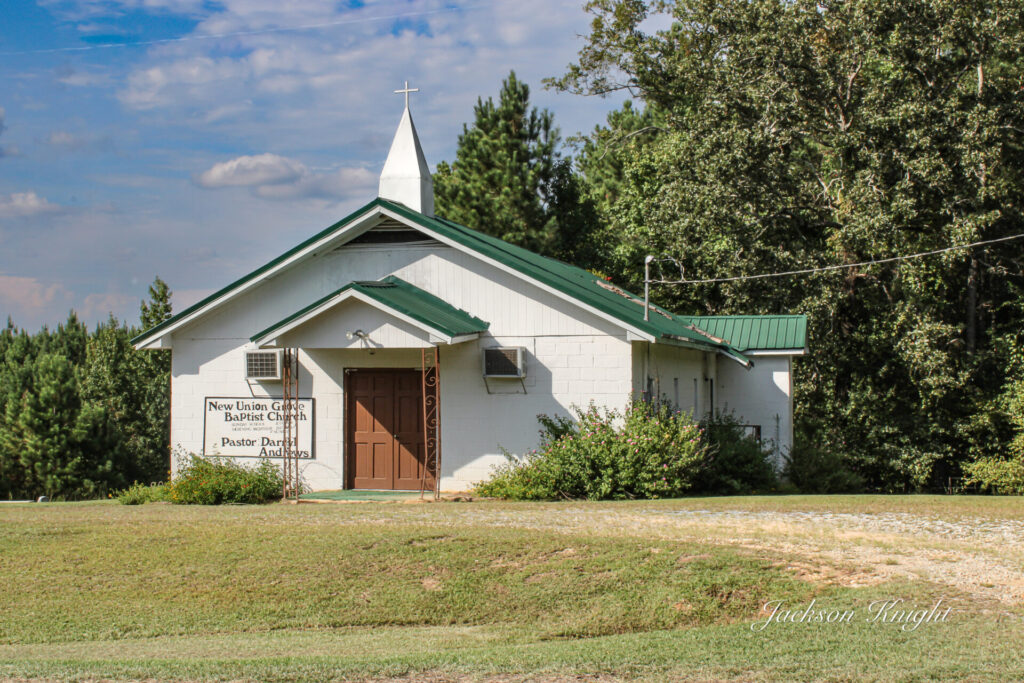
Because of writings I read about the place I stopped and started thinking about the people coming in and hanging out. It quite possibly would have been a gathering place that the men of the community would have used when they were not working in the fields or, doing other farm work. Possibly a place that they might gather if they brought their wives and daughters to the store. The men and boys might have meandered over to there to wait and socialize.
Too many years have come and gone. For those that are associated with the place locally there are I am sure, some memories that have been handed down by the generations. In the not-too-distant future, even the numbers of those that have heard the stories will dwindle down, until they are remembered no more.
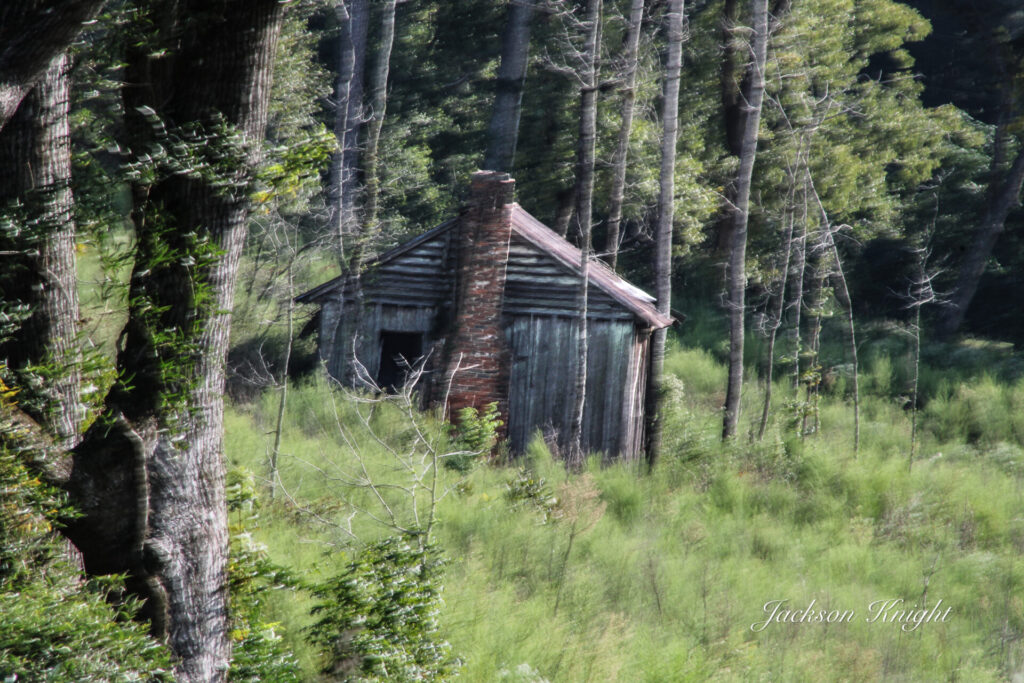
Smut Eye Alabama, another small town in the U. S. that has been bypassed with progress, or from the perspective of some like myself destroyed by a false progress that so many deem as good.
One thing is for sure. I can truthfully say. I have been to Smut Eye, Alabama.
